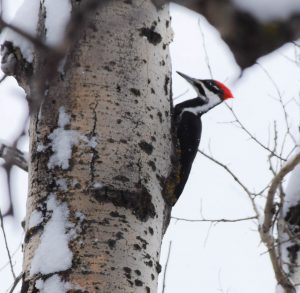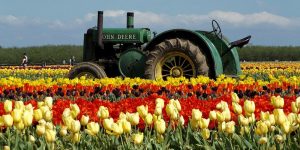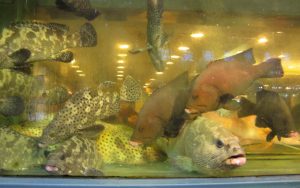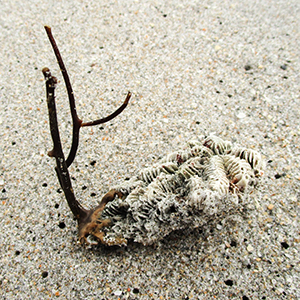April 19, 2018
The Indexing Society of Canada / Société canadienne d’indexation (ISC/SCI) is announcing the launch of its redesigned website indexers.ca. The new design provides more functionality, friendlier navigation, and improved readibility for visitors on desktops and mobile devices.
The Register of Indexers Available (“Find an Indexer” page) was completely rewritten. Visitors in need of an indexer can search by subject area or a keyword. Searches can also be made for specialization in types of materials (such as databases, multimedia) and related information skills (for example abstracting, thesaurus construction).
Visitors looking for information on indexing courses, tools, and practices will have an easier time finding what they need with the expanded layout.
For greater engagement with the community, we added a calendar to announce our local meetings and annual national conference.
Visit indexers.ca today and consider telling us what you think by sending us an email or posting a comment on our Facebook page.
About the Indexing Society of Canada / Société canadienne d’indexation
The ISC/SCI is Canada’s national association of indexers. Founded in 1977 as the Indexing and Abstracting Society of Canada / Société canadienne pour l’analyse de documents (IASC/SCAD), its mission is to encourage the production and use of indexes, promote the recognition of indexers, improve indexing techniques, and provide a means of communication among individual indexers across Canada. ISC/SCI is affiliated with indexing societies around the world through an international agreement. Learn more at indexers.ca



 I tell my writer friends that a good way to find new ideas is to read a scholarly book that’s not quite in their field.
I tell my writer friends that a good way to find new ideas is to read a scholarly book that’s not quite in their field.